#Chichen Itza
Text

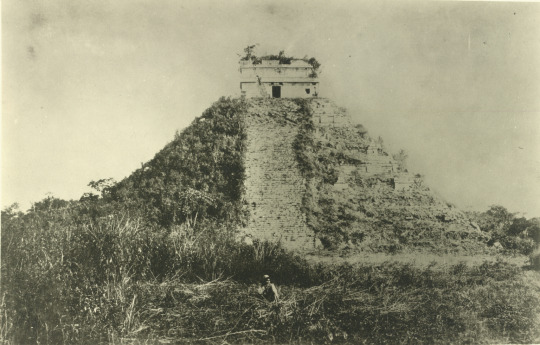

Some early photos of "El Castillo," the temple of Kukulcan, at Chichen Itza, Mexico, before archaeologists rebuilt much of the site.
{WHF} {Ko-Fi} {Medium}
2K notes
·
View notes
Text
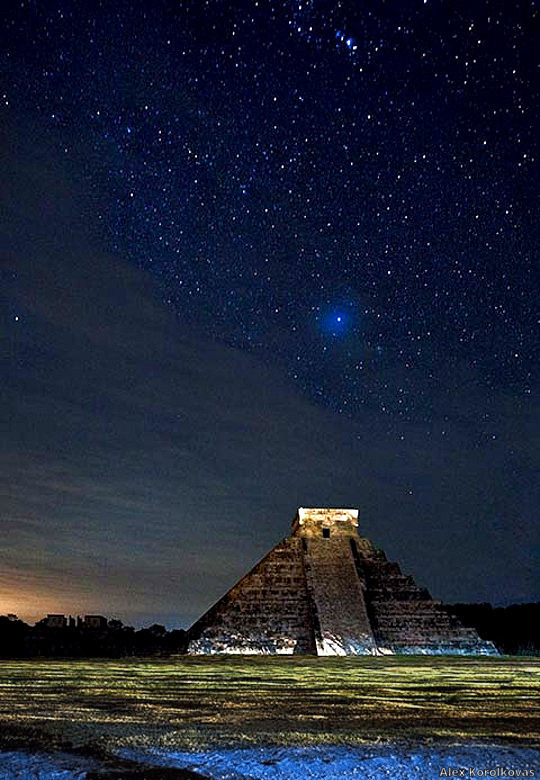
Temple of Kukulcán, Chichén Itzá, Yucatán, Mexico (photo by Alex Korolkovas)
#Kukulcan#Chichen Itza#Mayan#ancient ruins#archeology#stars#nature#night#Yucatan#Mexico#travel#photography#history#architecture#landscape#vacation#sky#beauty-funny-trippy#pyramids#pyramid#Maya#Mesoamerica#temple#Kukulcán#Yucatán#Chichén Itzá#Alex Korolkovas
861 notes
·
View notes
Text
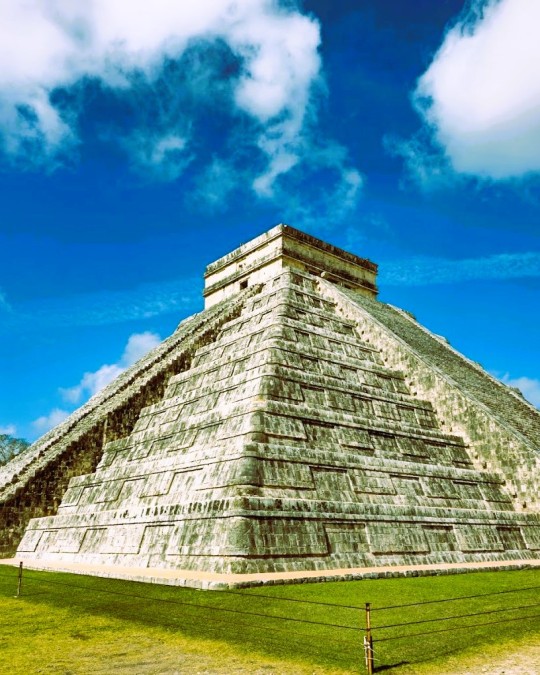
Chichen Itza, Yucatán, Mexico: Chichén Itzá (often spelled Chichen Itza in English and traditional Yucatec Maya) was a large pre-Columbian city built by the Maya people of the Terminal Classic period. The archeological site is located in Tinúm Municipality, Yucatán State, Mexico. Wikipedia
48 notes
·
View notes
Photo

Chichen Itza, Mexico (at night)
#chichen itza#mexico#central america#sky#night sky#night photography#photography#columbia#travel#uploads#around the world#travel photography#stars#dark indie
285 notes
·
View notes
Text

Adela Breton (British, 1849-1923), Ruins at Chichen Itza, Yucatan Mexico (East facade of Monjas), 1902, watercolor.
[digitally enhanced]
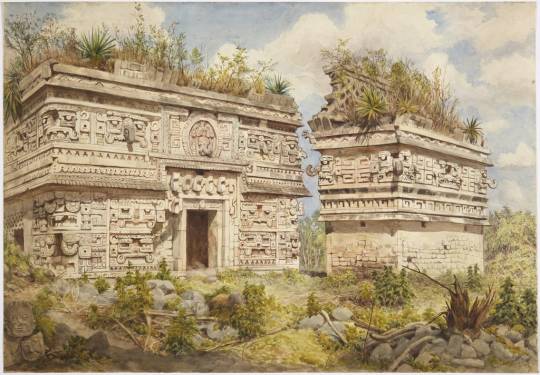
#adela breton#20th century#women artists#chichen itza#mexico#prehispanic mayan#mayan ruins#watercolor
29 notes
·
View notes
Text

By Jamesrelfdyer
Chichén-Itzá, Yucatan, Mexico
#curators on tumblr#mexico#travel#architecture#chichen itza#yucatan#central america#north america#jamesrelfdyer
40 notes
·
View notes
Text
When American archaeologist Edward Herbert Thompson dove into the deep blue waters of Chichen Itza's Sacred Cenote, little did he realize the blue sediment he encountered was the key to unravelling the mysteries of the ancient pigment known as Maya blue.
Decades later, artifacts dredged up from the bottom of the sinkhole provided clues to the sacrificial rituals which once took place at the sacred cenote. To appease Chaac, the god of rain, the ancient Maya would paint sacrificial victims and precious artifacts with Maya blue, before flinging them into the waters that connected them with the underworld.
24 notes
·
View notes
Text


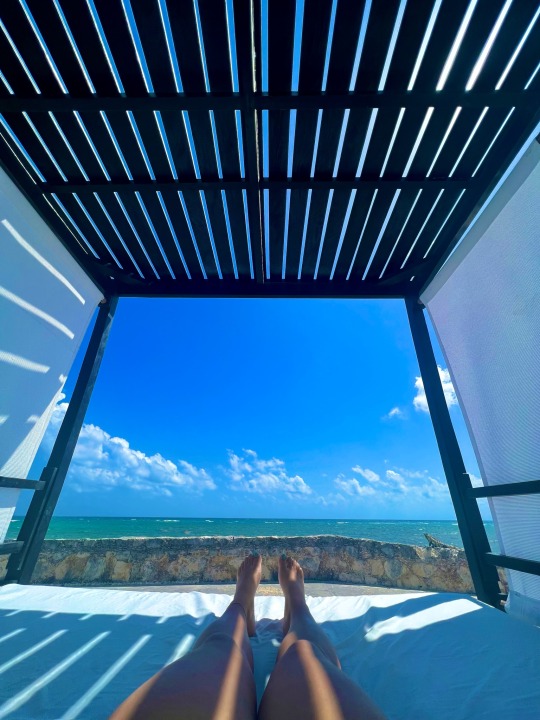

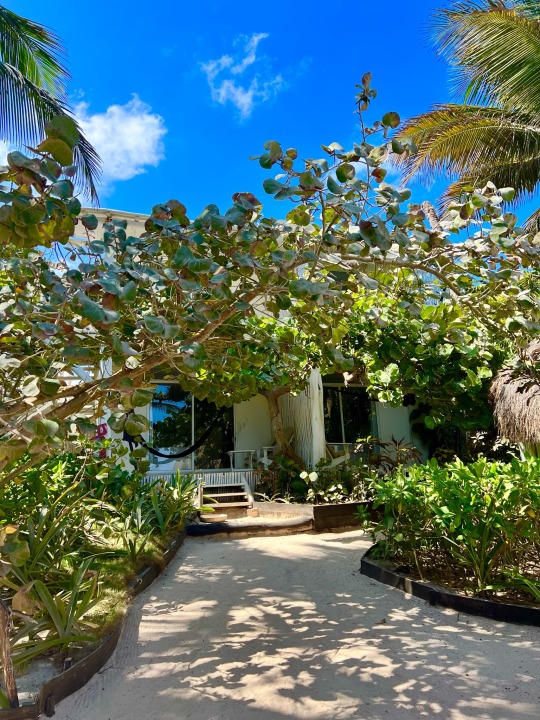





mexico 02/2023
29 notes
·
View notes
Text

Maya Statue Head,
On Tuesday, November 7, archaeologists in the eastern Yucatán Peninsula unearthed a well-preserved Maya warrior statue head adorned with a serpentine headdress amidst construction for the Maya Train.
Measuring approximately 13 inches tall and 11 inches wide, the artifact was found during the excavation of a wall in Maudslay’s Temple 6, a site named after the British archaeologist Alfred Maudslay within the Casa Colorada Complex in the Maya city of Chichén Itzá. The complex is one of four buildings surrounding the main plaza of the ancient site.
The object may date back to the earliest years of Chichén Itzá, founded around 455 CE.
#art#history#design#style#archeology#sculpture#maya#statue#head#chichen itza#warrior#snake#yucatan#kukulkan#god#feathered serpent
16 notes
·
View notes
Text
American archaeologists, in cooperation with the Mexican government, reconstructed Chichen Itza according to the standards of the 1920s, which were not as painstaking as today's standards. Perhaps the biggest excavation job was the Temple of the Warrior, which was an overgrown mound when the archaeologists began. Here it is mid-excavation in 1925:

Over the next few years, masons worked to rebuild the temple as the archaeologists thought it should look:

By 1928, it looked like this:

Two sides of the famous "El Castillo" were similarly rebuilt.

The other half of it was left mostly unrestored:

Some observers think that Chichen Itza is a sham, a pseudo-historical confection constructed more to wow the tourists than to honor history (this website sums up the “it’s a fake!” argument pretty well).
But, like every site, Chichen Itza probably doesn’t have a “pure” or “authentic” state. It changed repeatedly over the years when it was one of the most important cities in Mesoamerica. It’s still changing today. The reconstruction in the 1920s certainly didn’t follow modern standards of archaeological precision. But now the changes of the 1920s are just another layer of history, laid on top of centuries more.
{WHF} {Ko-Fi} {Medium}
931 notes
·
View notes
Text
Why I (an archaeologist) don’t watch archaeological documentaries (warning loooong post).
I never doubt the local archaeologists who have to hang around in the background for good measure, but I have no need for a pretends-to-know-what-he’s-talking-about-presenter because production is too lazy to translate say Spanish or Arabic
Archaeology exist in two ways. Field archeo and desk archeo. No archaeologist, no matter how skilled he/she/they/them is, has the skill to do a full explanational analysis of everything he finds that day on the spot. They’re repeating old research and proposing possibilities. You have to wait until the comparative desk research and analysis is complete before you can say anything with confidence.
Once you notice it, you can’t unsee it. Have you heard anything in the news about a NatGeo archaeological dig being the big breakthrough? Just google the place or subject they’re “digging”, and as much as nothing will show up. That’s because the real results are either not as exiting (to the untrained eye), the results are simply not finished yet or they just filmed for a few days on site, put a story on it and called it a day. You can’t tell me that Thebes or Chichén Itzá is only being researched just once every three years or something.
I rather hear the local archaeology professor who’s spent their entire carrier on this site or subject than a whitewashing outsider
Archaeology doesn’t centre around Mayan kings, Egyptian pyramids or King Arthur. I’m more exited to hear about everyday life from a site or location I’ve never heard of before
Too many special effects? Field archaeology is expensive but everyone involved except for the field archaeologist wants to save money on everything. It’s not how real life works
STOP SAYING A SITE IS IMPORTANT BECAUSE YOU FOUND “TREASURES”!!! Archaeologists hype just as much on intact podzol or tertiary soil
“Wait until the scientists see this” is the one phrase that kills me every time. Archaeology is a science thank you very much (logos: Ancient Greek, meaning “science” boom. Knowledge drop). We’re not just university graded swimming pool diggers! Oh wait…
#documentary#documentaries#national geographic#natgeo#vikings#king tut#tutankhamun#chichen itza#Thebes#ancient egypt#ancient maya#king Arthur#field archaeologist#archaeology#archaeology problems#Indiana Jones#history#history meme#archaeology meme#anthropology meme#anthropology#meso america#ancient rome#science#scientific research#human nature
257 notes
·
View notes
Text

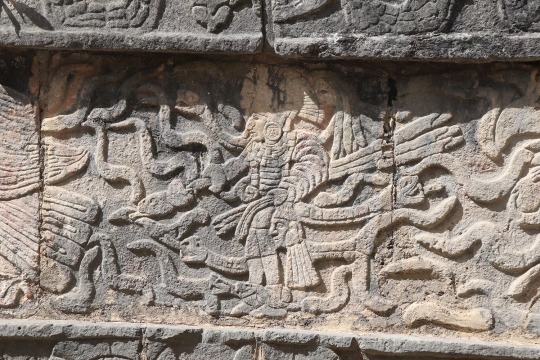

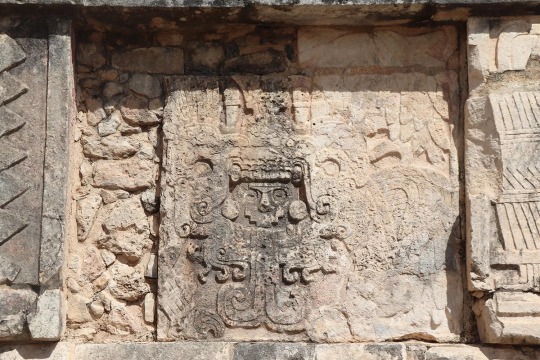
Carvings at Chichén Itzá
https://itravelforthestars.com/2023/02/24/mayan-ruins-mexico/
24 notes
·
View notes
Text

Pirámide, Chichén Itzá, 1980.
#archaeology#ruins#maya#pyramid#chichen itza#yucatán#méxico#1980#photographers on tumblr#black and white
91 notes
·
View notes


